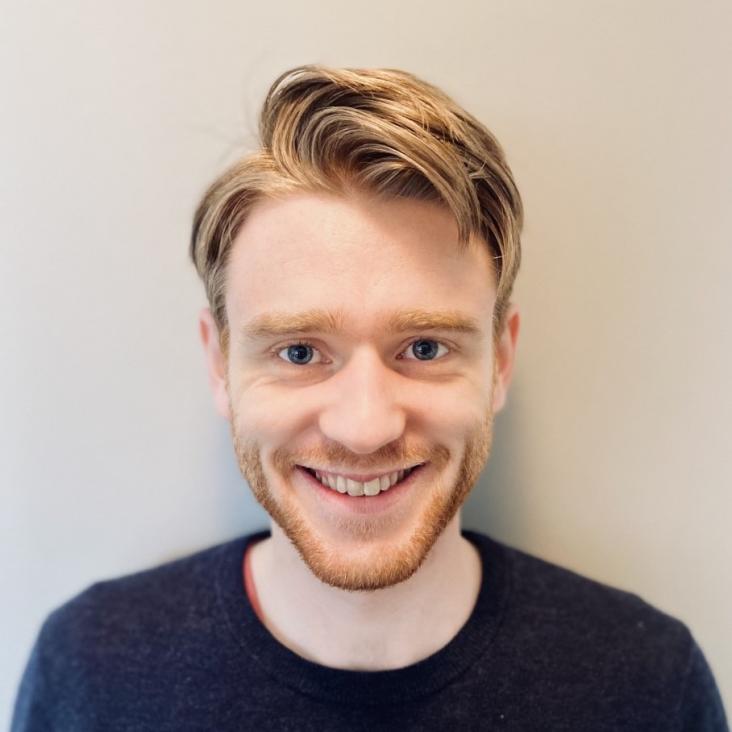Thermodynamics and collisionality in firehose-susceptible high- plasmas
Journal of Plasma Physics Cambridge University Press 91:5 (2025) E136
Abstract:
We study the evolution of collisionless plasmas that, due to their macroscopic evolution, are susceptible to the firehose instability, using both analytic theory and hybrid-kinetic particle-in-cell simulations. We establish that, depending on the relative magnitude of the plasma , the characteristic time scale of macroscopic evolution and the ion-Larmor frequency, the saturation of the firehose instability in high- plasmas can result in three qualitatively distinct thermodynamic (and electromagnetic) states. By contrast with the previously identified ‘ultra-high-beta’ and ‘Alfvén-inhibiting’ states, the newly identified ‘Alfvén-enabling’ state, which is realised when the macroscopic evolution time exceeds the ion-Larmor frequency by a -dependent critical parameter, can support linear Alfvén waves and Alfvénic turbulence because the magnetic tension associated with the plasma’s macroscopic magnetic field is never completely negated by anisotropic pressure forces. We characterise these states in detail, including their saturated magnetic-energy spectra. The effective collision operator associated with the firehose fluctuations is also described; we find it to be well approximated in the Alfvén-enabling state by a simple quasi-linear pitch-angle scattering operator. The box-averaged collision frequency is , in agreement with previous results, but certain subpopulations of particles scatter at a much larger (or smaller) rate depending on their velocity in the direction parallel to the magnetic field. Our findings are essential for understanding low-collisionality astrophysical plasmas including the solar wind, the intracluster medium of galaxy clusters and black hole accretion flows. We show that all three of these plasmas are in the Alfvén-enabling regime of firehose saturation and discuss the implications of this result.Suppression of pair beam instabilities in a laboratory analogue of blazar pair cascades
(2025)
Efficient ion re-acceleration in laboratory-produced interpenetrating collisionless shocks
(2025)
Thermodynamics and collisionality in firehose-susceptible high-$β$ plasmas
(2025)


